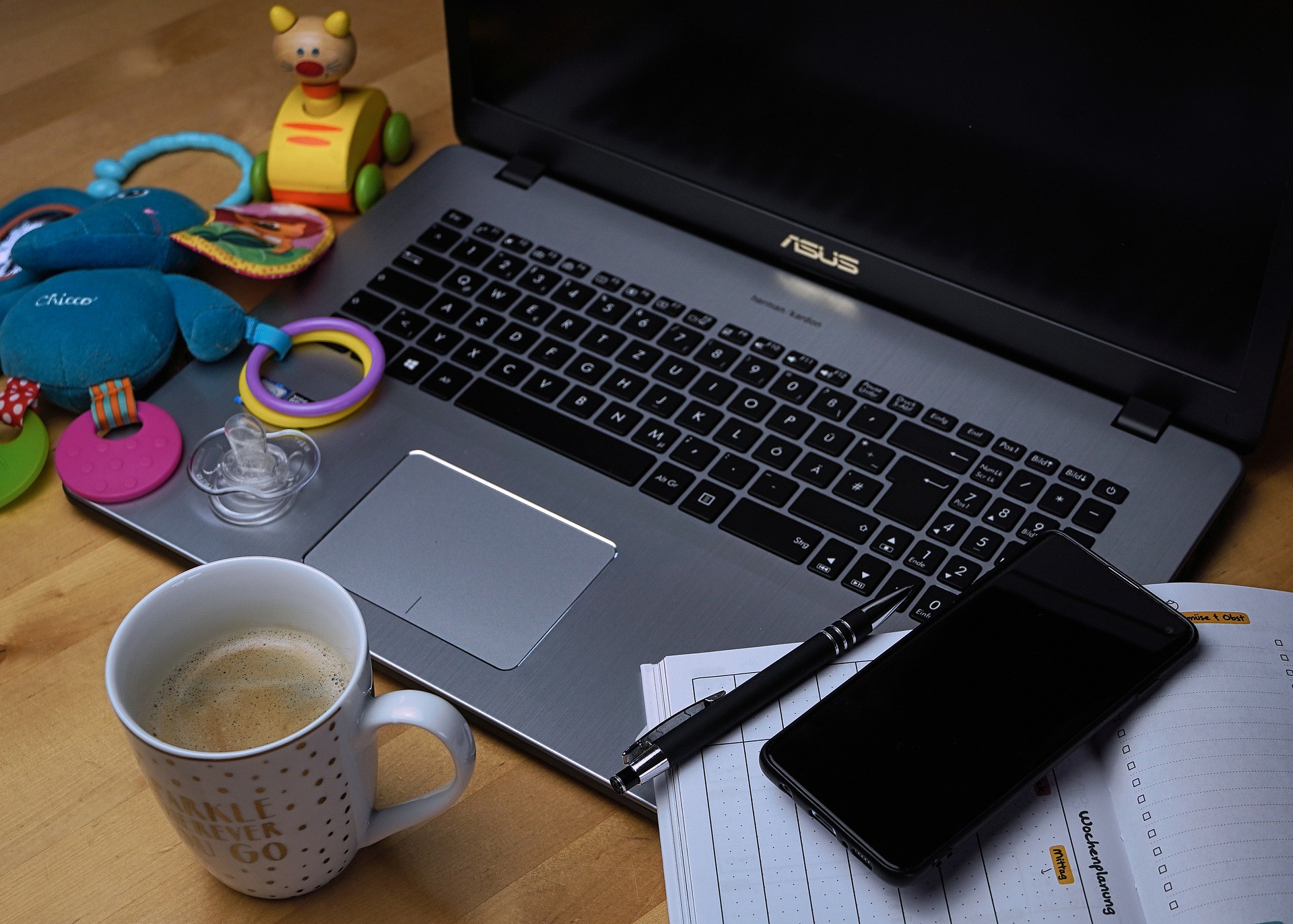The workplace is changing dramatically, and the COVID-19 crisis is accelerating the changes at a pace we wouldn’t have imagined just a year ago. The tools being unveiled by Microsoft, specifically the suite of application in Teams, are helping to pave the way to a new way to work. The remote workforce is on the rise.
For instance, Together mode uses AI segmentation technology to digitally situate participants in a shared background. The effect is that all attendees are sitting in the same room, making conversation more natural and picking up on non-verbal cues more possible. Early research utilizing biosensors have indicated that the brain expends less effort when participating in a meeting using Together mode as compared to the traditional grid view. As many people are experiencing “digital meeting fatigue”, this new tool may help to alleviate angst in the new workplace.
Here are some additional statistics to explain the major shift taking place in workplaces and workforces across America at this time. (Research conducted by Harris Poll, commissioned by Microsoft)
- 54% of parents surveyed admitted it has been difficult balancing career and roommates/family working from home. This was especially true with millennials and Generation Z. This is likely due to the challenge of having younger children or sharing space with multiple roommates while trying to perform their job.
- While balancing childcare with working from home may not be permanent, it has altered how we feel about our co-workers long-term. 62% of survey participants said they feel more empathetic toward their colleagues now that they have a better view of life at home.
- Over half (52%) of survey participants feel more valued as a remote contributor in meetings with everyone in the same virtual room. Chat messages within Teams meetings have increased over 10x from March 1 to June 1, proving participants are rapidly warming up to the usage of the platform.
- Because workdays are more flexible, employees feel more able to take breaks when needed – resulting in their productivity being increased, not decreased. The 9 to 5 workday seems to be fading, as employers realize that the time frame in which people work is less important than their productivity. With Teams, people are working more frequently in the morning and evening hours, but also on the weekends. Teams chats outside of the typical workday have increased more than any other time during the day – between 15% and 23% for meetings before 9 am and between 6-8pm. Weekend work is on the rise as well, with chats increasing you over 200%.
- A large percentage of employees have worked remotely at least part-time over the last several months. While many have wondered if physical offices will disappear entirely, the research seems to indicate that work life is more likely to be a fluid mix of in-person interactions and remote workspaces. 82% of managers surveyed expect to have more flexible work from home policies go-forward. Further, 71% of the employees and managers have a desire to continue working from home at least part-time.
- Things are not completely rosy, however. 60% of survey participants report feeling less connected to their coworkers, which can affect productivity and creativity. A mere 5% of workers live alone, yet only 35% of them have a dedicated home office – making distractions, ergonomics and connection problems front of mind.
Working from home effectively is clearly in the future of most workforces, but there is work to be done to make this an ideal solution for organizations. By helping employees to set up ergonomic and private home offices with proper networking and equipment, companies can ensure that the new way of working is beneficial for all involved.
If you are looking to strategize the reorganization of your business – from remote workforces to managed IT services – call Alliance IT today.

